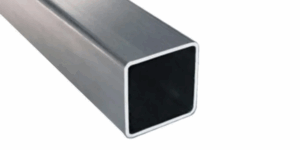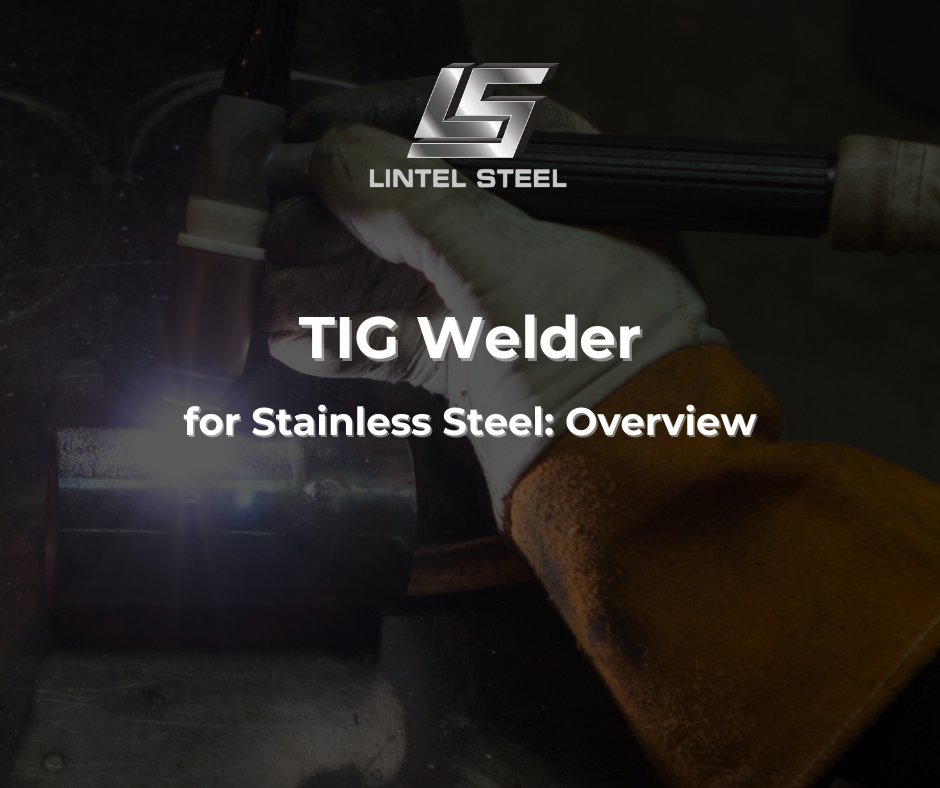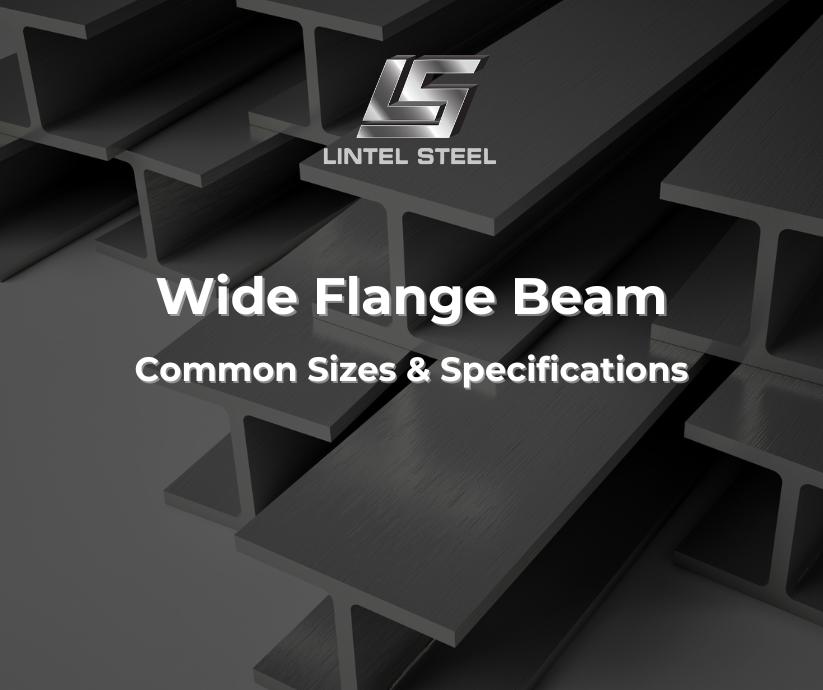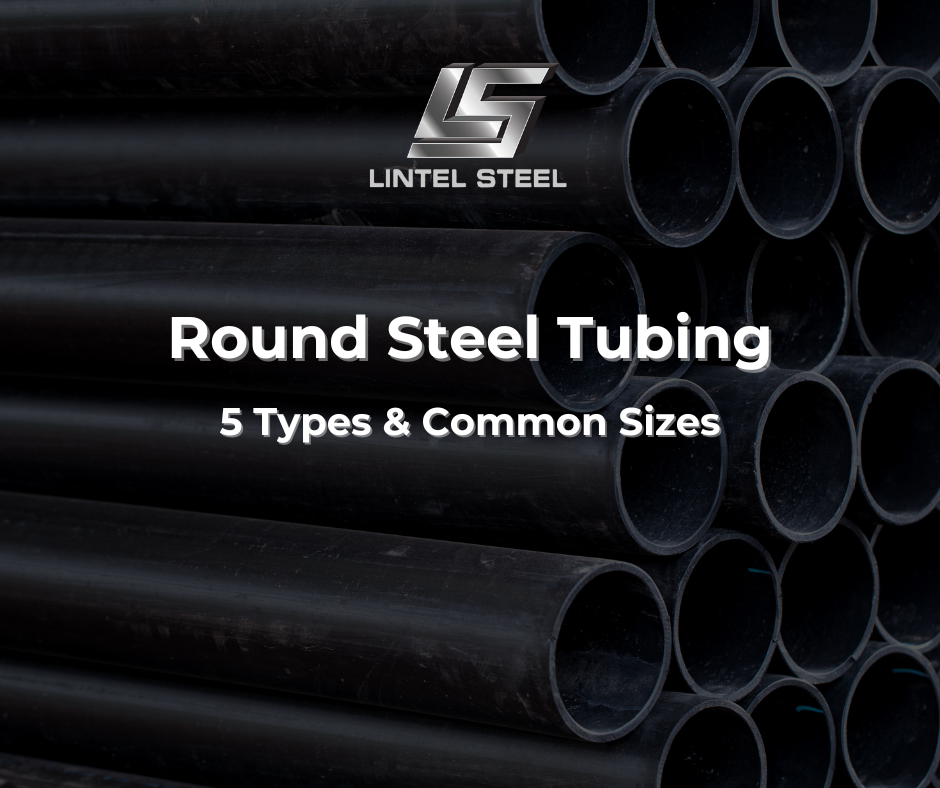What Is Stainless Steel SHS? 7 Advantages of Choosing Stainless Steel SHS
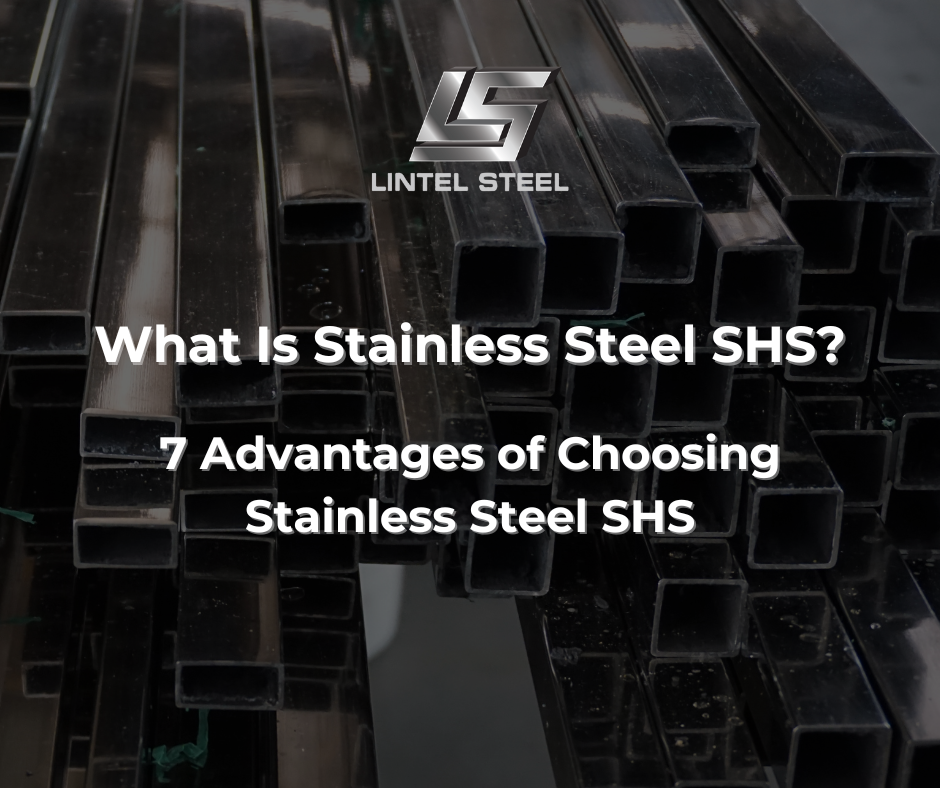
Stainless steel SHS, or stainless steel square hollow section, is a popular structural material known for its strength, corrosion resistance, and clean appearance. Unlike regular mild steel tubes, stainless SHS is ideal for both structural and architectural applications—especially in environments where rust and corrosion are concerns.
Whether you’re building a commercial structure, a residential feature, or even outdoor furniture, stainless steel SHS offers an ideal balance between durability and aesthetics. This article will guide you through what it is, why it’s useful, where it’s used, and how to choose the right size and grade.
What Makes Stainless Steel SHS Different?
While regular SHS sections are usually made from carbon or mild steel, stainless steel SHS sections are crafted using corrosion-resistant alloys, often containing chromium and nickel. These alloying elements form a protective layer on the surface, making it ideal for harsh environments.
Key Properties of Stainless SHS:
- Rust resistance – Ideal for outdoor or marine applications
- Long lifespan – Low maintenance over decades
- Strong and rigid – Maintains form under heavy loads
- Modern appearance – Clean, professional finish for architecture
- Weldability – Easily fabricated for custom projects
Common Applications of Stainless Steel SHS
1. Architectural Features
Stainless steel SHS is widely used in visible architectural elements like handrails, balustrades, decorative frames, and public furniture. Its sleek square profile and polished finish make it a go-to for designers.
2. Outdoor and Marine Structures
Thanks to its resistance to corrosion, stainless steel SHS is commonly found in coastal environments, docks, water treatment plants, and marine equipment frameworks. Unlike painted mild steel, it won’t peel or rust.
3. Food and Medical Facilities
Hygienic and easy to clean, stainless steel is often required in commercial kitchens, pharmaceutical labs, hospitals, and food processing plants. SHS tubes are used in support frames, shelving, and containment systems.
4. Structural Applications
While not as cheap as mild steel, stainless steel SHS is used in structural applications where long-term durability outweighs the upfront cost—like bridges, airport terminals, or coastal buildings.
Standard Sizes and Dimensions
Stainless steel SHS comes in a wide variety of sizes to suit different structural needs. Common dimensions include:
| Size (mm) | Thickness (mm) | Weight (kg/m) |
| 25 x 25 | 1.5 – 2.0 | 1.5 – 2.0 |
| 50 x 50 | 1.6 – 3.0 | 3.0 – 5.5 |
| 75 x 75 | 2.0 – 4.0 | 6.0 – 12.0 |
| 100 x 100 | 3.0 – 6.0 | 10.0 – 18.0 |
Custom sizes are also available from many manufacturers, depending on your project needs. Always consult the engineering specifications or speak to a supplier to confirm load-bearing limits.
Grades of Stainless Steel SHS
Different grades offer different benefits. The most common types include:
Grade 304 Stainless Steel SHS
- Most widely used
- Excellent corrosion resistance
- Suitable for indoor and outdoor use
- Affordable compared to other grades
Grade 316 Stainless Steel SHS
- Higher resistance to chloride and saline environments
- Ideal for marine, chemical, or coastal exposure
- Slightly more expensive than 304
For high-impact structural work, higher grades or duplex stainless steels may also be considered.
Finishes and Surface Treatments
Stainless SHS is available in a variety of finishes depending on your aesthetic or practical needs:
- Mill Finish – Raw, slightly dull finish
- Polished / Satin – Ideal for decorative and visible structures
- Mirror Finish – Reflective, premium look (common in handrails and high-end interiors)
- Bead Blast or Etched – For texture and visual interest
Finishes don’t just affect looks—they can also enhance corrosion resistance and ease of cleaning.
Advantages of Choosing Stainless Steel SHS
Opting for stainless steel SHS might seem like a premium decision at first due to its higher initial cost compared to mild steel or galvanized steel. However, this material brings exceptional long-term value, both structurally and financially. In many industrial, commercial, and even residential applications, stainless steel square hollow sections are the smarter investment over time.
Here’s a deeper look at the benefits that make stainless steel SHS a top choice for demanding projects:
1. No Need for Painting or Surface Coating
Unlike mild steel that typically requires painting, galvanizing, or powder-coating to protect against rust, stainless steel SHS naturally resists corrosion thanks to the chromium-rich oxide layer on its surface. This eliminates the ongoing cost of recoating, touch-ups, or repainting over the years. What you install today will still look clean and professional decades later.
2. Lower Maintenance and Lifecycle Costs
Because it doesn’t rust, peel, or flake, stainless steel SHS significantly reduces maintenance labor and expenses. It’s the ideal material in hard-to-reach locations or areas that are exposed to weather, salt air, or industrial chemicals. This low-maintenance quality makes it ideal for public infrastructure, medical facilities, coastal buildings, or anywhere upkeep can be expensive or impractical.
3. Extended Service Life and Durability
Stainless steel SHS is engineered to last. Its superior strength and weather resistance mean that structures made from it often remain intact and functional for decades without degradation. This durability translates to a much longer replacement cycle, which saves on future demolition, material costs, and labor.
4. Sustainable and Environmentally Friendly
Today’s construction projects are increasingly held to high environmental standards. Stainless steel SHS is 100% recyclable and often made from a high percentage of recycled content. Unlike coated steel, it doesn’t release harmful compounds into the environment during production, use, or disposal. Using stainless steel supports green building certifications like LEED and helps reduce your overall carbon footprint.
5. Enhanced Aesthetic and Resale Value
Stainless steel SHS is not only strong—it’s also attractive. Its modern, polished appearance adds immediate visual value to any project. Whether it’s used in public architecture, stair railings, or outdoor furniture, it communicates quality and longevity. As a result, structures incorporating stainless steel SHS often have higher resale or rental appeal and may command better market value in the long run.
6. Excellent Structural Integrity
With uniform strength in all directions and tight manufacturing tolerances, stainless steel SHS performs exceptionally well under compression, tension, and torsion. It is a favorite among architects and engineers for load-bearing frames and high-stress environments. The square shape allows for easy connection and integration with other structural components.
7. Safety and Fire Resistance
Another often-overlooked benefit is safety. Stainless steel is inherently fire-resistant and performs better than many coated steels under extreme heat. It also maintains its strength at high temperatures, making it suitable for buildings with strict fire safety regulations.
Buying Tips: What to Look For
Before purchasing stainless steel SHS, make sure to:
- Confirm the grade (304 vs. 316)
- Match the wall thickness to your structural requirements
- Request mill certificates or material test reports
- Check for finish quality if aesthetics are important
- Ask about cutting, polishing, or fabrication services
Conclusion: Is Stainless Steel SHS Right for You?
If your project demands strength, clean aesthetics, and long-term performance in challenging environments, then stainless steel SHS is a smart choice. Whether you’re building a coastal deck, a food-grade frame, or a sleek modern staircase, this material offers durability and peace of mind.
Looking for a supplier? Need help choosing the right dimensions or grade? Contact us today for a free quote — just send your specs or drawings and our team will assist you.
You can find out more about us at our Fanpage Lintel Steel.

